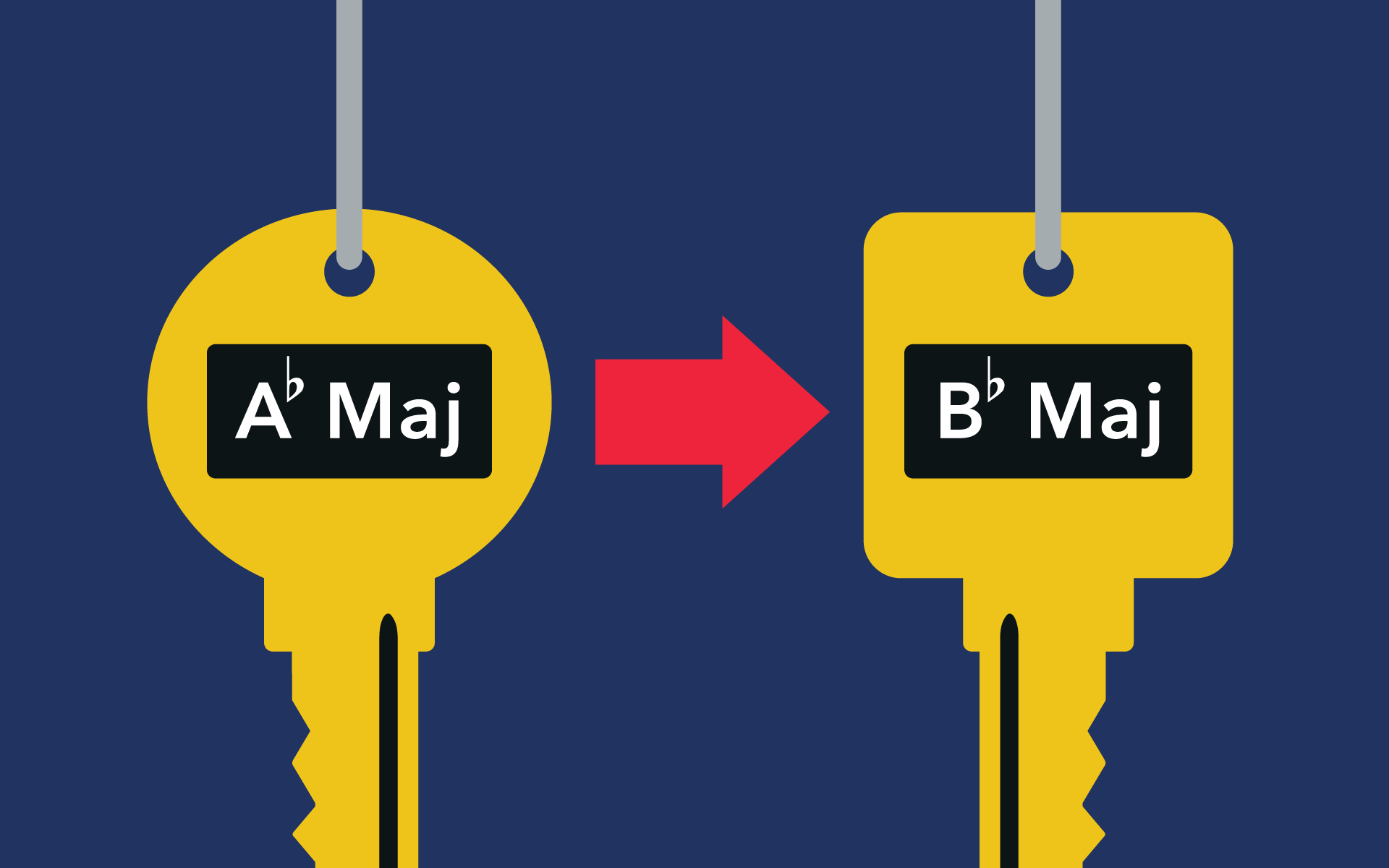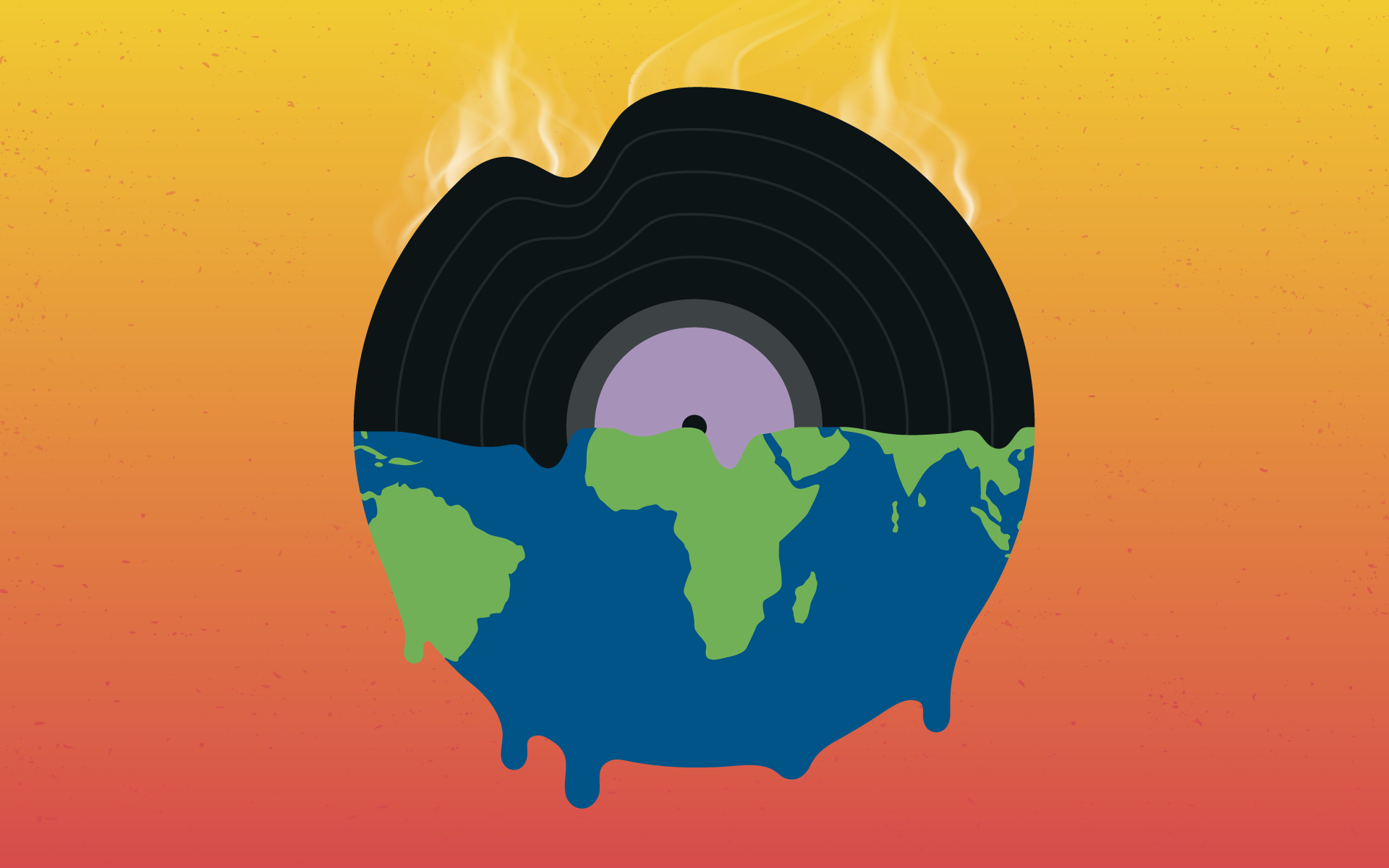It’s easy for me to advise you to finish all of your productions, no matter what, but what exactly are the steps to getting your tracks done? Let’s address the all too common complaint of, “I start lots of cool tracks but can’t seem to finish any of them.”
In my experience, there are two prevailing reasons for not getting your tracks done, you are your own worst critic and never satisfied with your music, and you are uncertain as to exactly how the production process should progress. Either one of these reasons would be enough to derail your creative train, put them together (as is often the case) and you have a roadblock that’s a serious challenge to overcome.
TAKE A BERKLEE ONLINE COURSE WITH ERIK HAWK!
Learning the technical skills behind music production is easy to address. Take some courses at Berklee Online and study hard. No matter the area in which you need to improve and acquire proficiency, we’ve got it covered—musicianship, songwriting, music theory, recording, sequencing, mixing, and mastering—it’s all here. On the other hand, quieting your inner critic so that you can finish your music requires a distinctly different and, most often, a less obvious path. However, no matter the path you take to find your balance and harmony, embracing a clearly defined process (complete with a list of steps you need to follow to reach your goal) can help you to better steer your music productions from start to finish. For me, the process of writing rough drafts, lots and lots of rough drafts, is the key to bringing my productions to fruition time and time again.
A rough draft is a sketch of your intentions. It’s a process that helps to bring the music you’re hearing in your head into the physical world. It lets you find the balance between what you can imagine and what is actually possible given your skill level and the tools at your disposal. It is a wonderful way to quickly build the framework for a song, because without this framework you would have no structure on which to hang your musical ideas. It’s about getting the big picture recorded first, so that you can focus on the details later. Writing drafts has become a truly essential part of my creative process, and without it I would most certainly get stuck in the details, lacking a clear direction for my song.
Of course, writing rough drafts, like any other discipline, takes practice. You’ll need to accept that your first, and possibly second drafts will probably suck—mine certainly do. But, like any discipline, with regular practice writing rough drafts will become easier and more fluid over time.
Here’s a list of the rough drafts I write each time I do a track:
- The Basics: A starting point for your song. This might be a beat, a bass line, some chords, a melody, or any combination of these ingredients. It might be two bars or sixteen. Get it down quickly and without second guessing yourself.
- Put It In the Pot: Record every idea that you think might work. Throw it all into the mix, to be sorted out later. Again, do this quickly and without second guessing yourself. Remember, hard drive space is cheap and MIDI sequences require hardly any storage space at all.
- Song Structure: Rough out a basic song structure. From all the parts that you put down in the last step, arrange a working song structure. Slide the parts around, mute regions, slice and dice, whatever works to create distinct song sections using the parts that you’ve recorded so far. Keep in mind that it’s easy to add or subtract bars later on should you need to alter the song structure.
- Produce Transitions: Now it’s time to get detailed. Produce your song section transitions using techniques such as drum fills, synth rises, arrangement builds, musical crescendos, chord inversions, etc. Take your time and really work out the performances. You may find yourself making some significant song structure changes at this stage of the production.
- Bells and Whistles: The final stage of the music production. This is the time for you to add those last production touches, the ones that will have listeners saying, “Wow, that was cool!” This is also a good time to begin your rough mix, the first mix pass where you begin finalizing levels, panning, EQ, compression, and group effect settings. (After this step it’s onto the final mix down and mastering.)
STUDY MUSIC PRODUCTION WITH BERKLEE ONLINE












